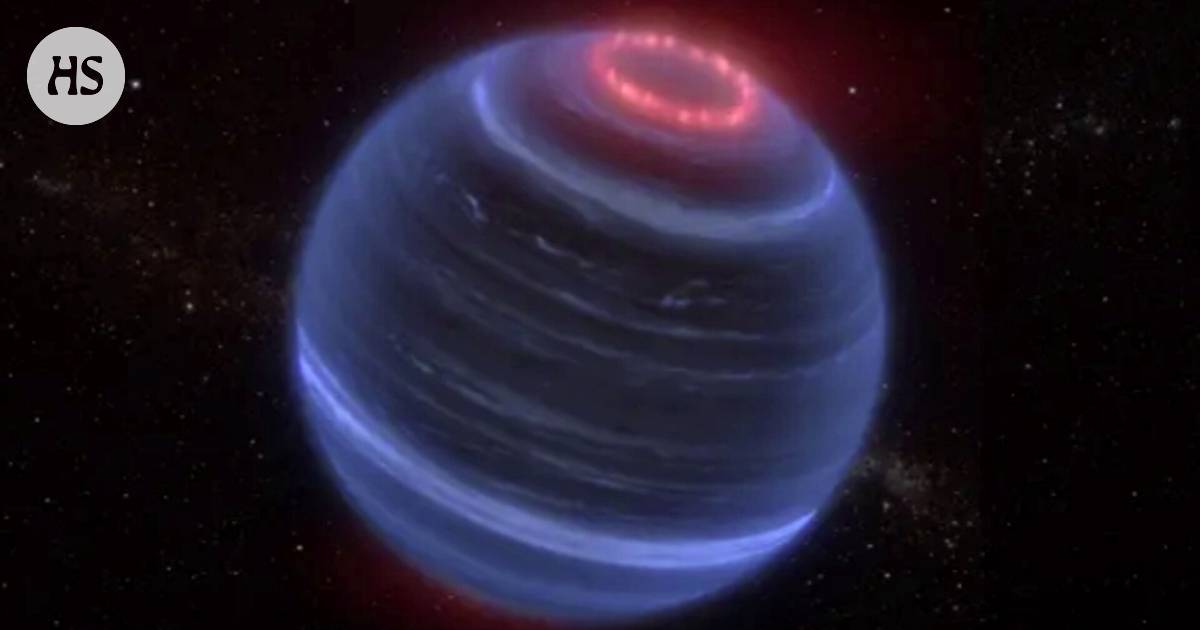Recently, the James Webb Space Telescope made an exciting discovery of an exomoon orbiting a brown dwarf. This celestial body is not a planet, but a dark “failed star” that is larger than Jupiter but has not begun a nuclear reaction to become a star. The telescope detected surprising methane emissions from the brown dwarf known as W1935, which led researchers to believe that there may be a moon or moons orbiting the brown dwarf.
This discovery is significant because exomoons are typically much smaller than the planets they orbit and are more challenging to detect. The presence of methane emissions on W1935 suggests that there may be a nearby energy source, possibly a moon interacting with the brown dwarf. Infrared modeling revealed that W1935 has a “temperature inversion”, warming the atmosphere from top to bottom, which was unexpected.
Further research is needed to confirm the existence of an exomoon orbiting W1935 for the first time. However, this discovery opens up new possibilities for studying exoplanetary systems and their moons in more detail. With further advancements in technology and techniques, we may be able to discover even more interesting and unique exoplanetary systems in the future.
